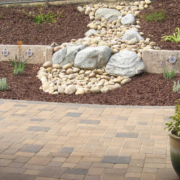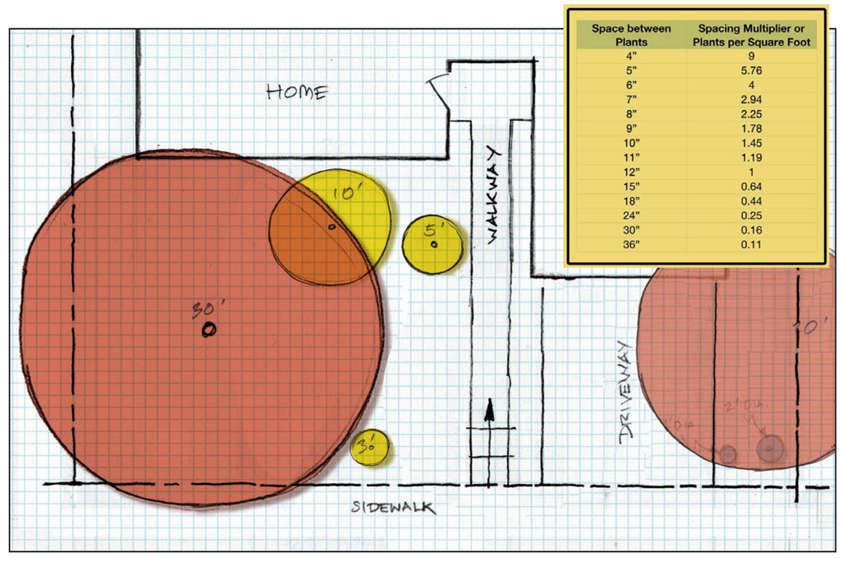How to Pick Your Plants for a Successful WaterSmart Landscape
Once your WaterSmart Living Landscape design starts coming together, pick your plants for each water-use category to ensure you meet your WaterSmart water conservation goals. Focus on local native plants or plants from similar climate regions.
Let this video help you choose the right plants for our Mediterranean climate
Once you’ve chosen your plant types, there are additional important considerations.
Design for mature plant size: Allow enough space for the plants you select to grow to their full size to avoid overcrowding or the need for excessive pruning.
Growing conditions: Select plants suited for your microclimate, soil type, and drainage to achieve optimum plant growth.
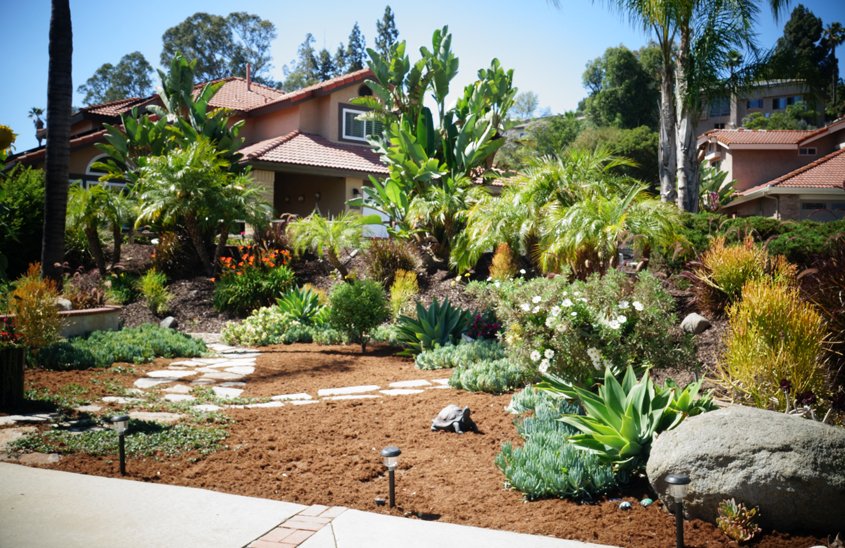
Even the strictest drought restrictions allow for watering trees on residential and commercial properties. Photo: Otay Water District
Tree placement: Typically, a planting design will include a tree or two for shade. Placing a deciduous tree on the south or west side of your home will shade your house during the summer to keep it cool and allow more light and sun exposure in the winter. Keep trees at least 10′ from foundations. In fire hazard areas, trees should be placed, so the mature canopy is at least 10 feet away from any structures.
Shrub placement: Shrub and groundcover planting is typically designed with various heights. Medium size (three to four foot) shrubs are usually placed closer to the house to create a “foundation” or backdrop. Smaller shrubs are then placed in front of the foundation planting and low groundcovers in the area closest to the sidewalk or street.
Accent shrubs can provide a unique texture, color, or flowers. Place them so they provide interest and focus views on locations in the landscape. Highlight your entrance walk with special accent plants. This places a higher emphasis on your entry, which is where you want visitors to be directed.
Be bold and have fun. Don’t be afraid to express your individual tastes.
Using water features and higher water use plants
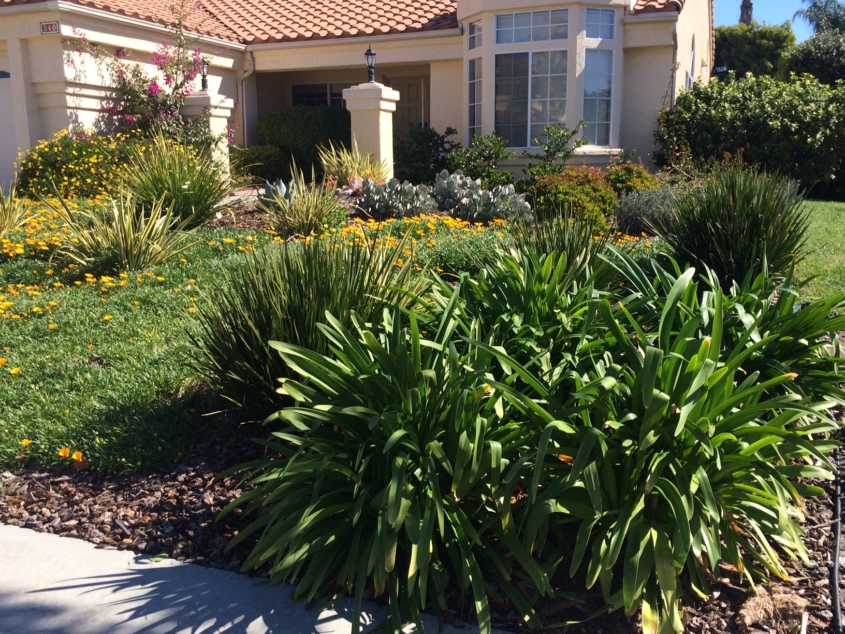
Determine water use before choosing plants for your new sustainable landscaping. Photo: San Diego County Water Authority
Water has been a precious resource throughout history in arid regions of the world. This perspective has been integrated into Mediterranean landscapes by using water only in the most important areas.
If you have some high water use plants you particularly want to include, they can be used. Strive to include no more than 10% high water use plants or water features in your landscape, so choose carefully.
Hyrdozones and water-efficiency
If you choose to include plants not classified as very low or low water use, be sure to group these moderate or high water use plants together. Grouping plants of similar water use together, known as planting in hydrozones, makes it easier to irrigate efficiently by letting you concentrate additional water only where it is needed.
Higher water use plants should be on a separate irrigation valve so you can water them differently than the rest of the garden.
Mediterranean landscapes also historically used water features for a pleasant and calming sound. The water area of the fountain will lose water at about the same rate as cool-season turf grass or another high-water use plant. By minimizing the square footage of open water, a water feature can fit well into the WaterSmart landscape.
Minimizing turf use
Limit the amount of turf in your design as much as possible. If you choose to incorporate turf, consider a warm-season turf that uses less water than traditional cool-season turf. Warm-season turf such as Hybrid Bermuda or UC Verde Buffalo Grass thrives in the hot months of the year and naturally go dormant in winter. Another less thirsty grass to consider is Carex praegracilis or California Field Sedge.
__________________________________________________

(Editor’s Note: The San Diego County Water Authority and its 24 member agencies offer programs, resources, and incentives to improve water-use efficiency for residential, commercial, and agricultural users. WaterSmart choices are a way of life in the region. Stay WaterSmart San Diego! For more water-use efficiency resources, go to WaterSmart.SD.org.)

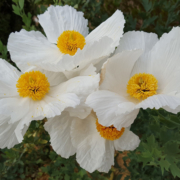
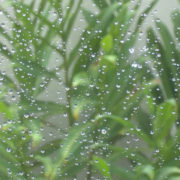
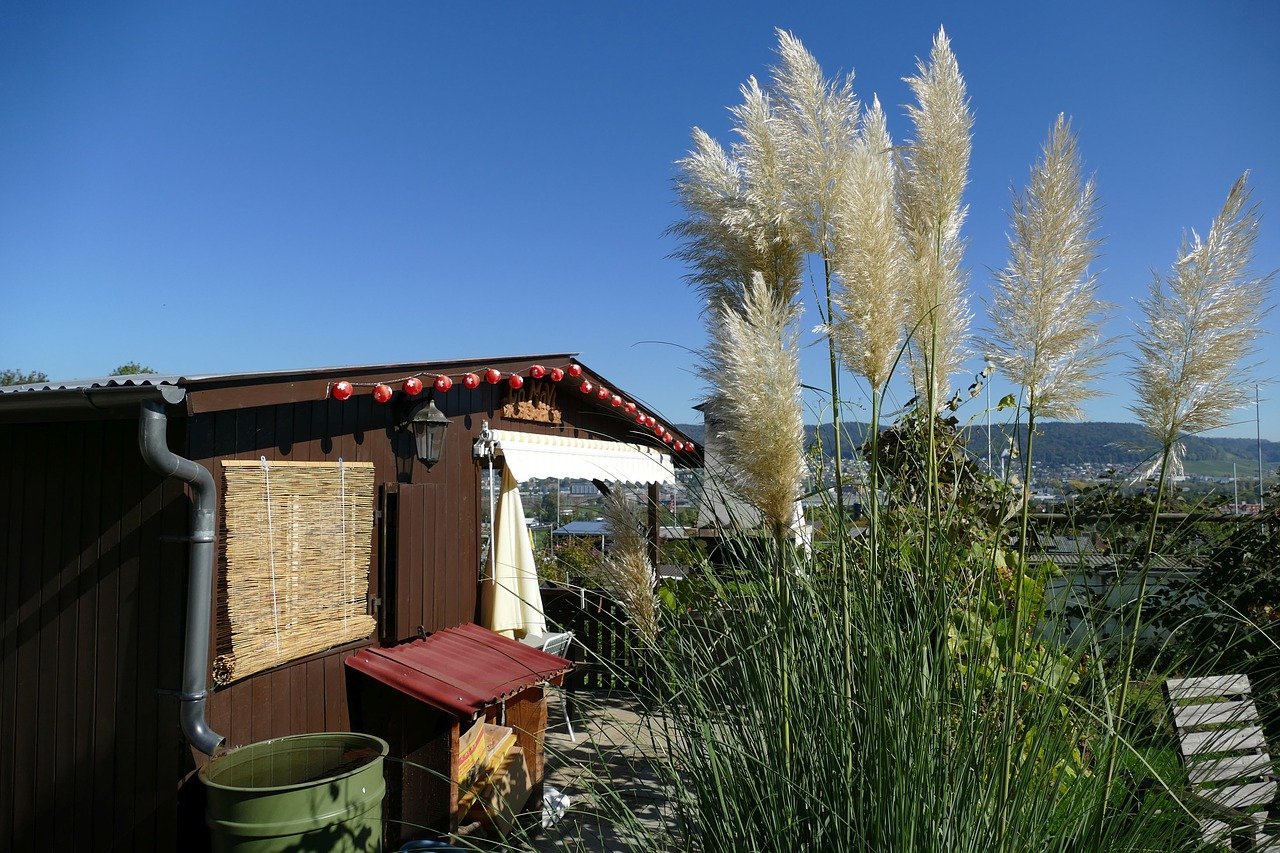
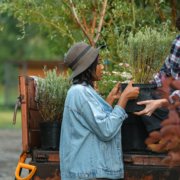
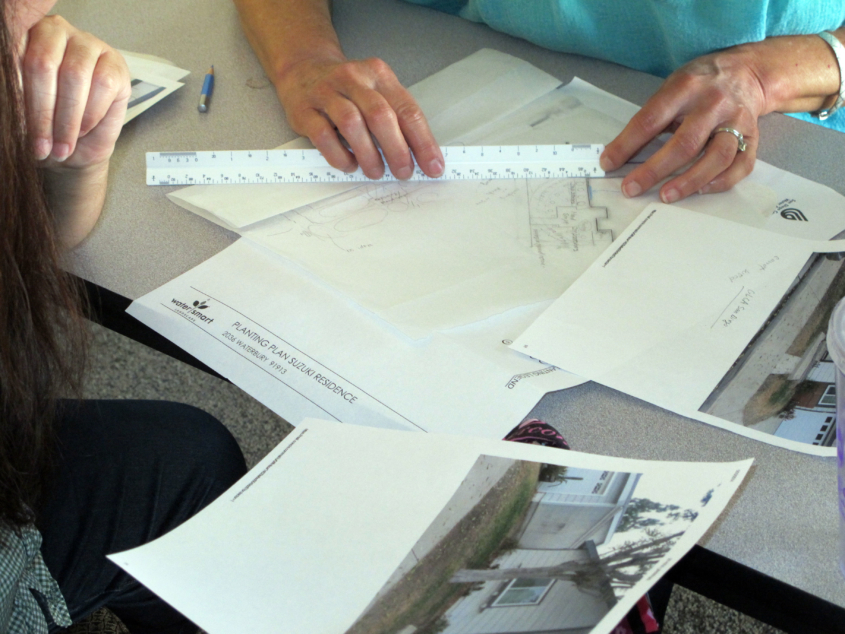
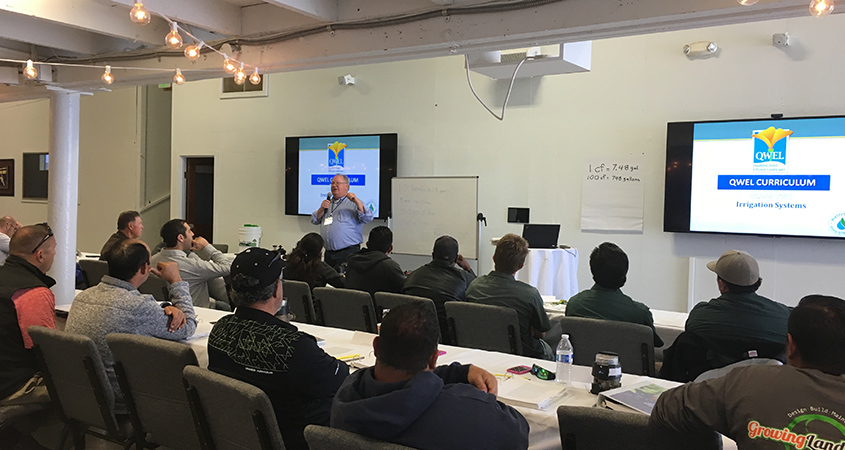
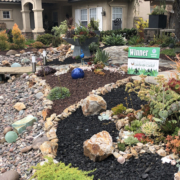
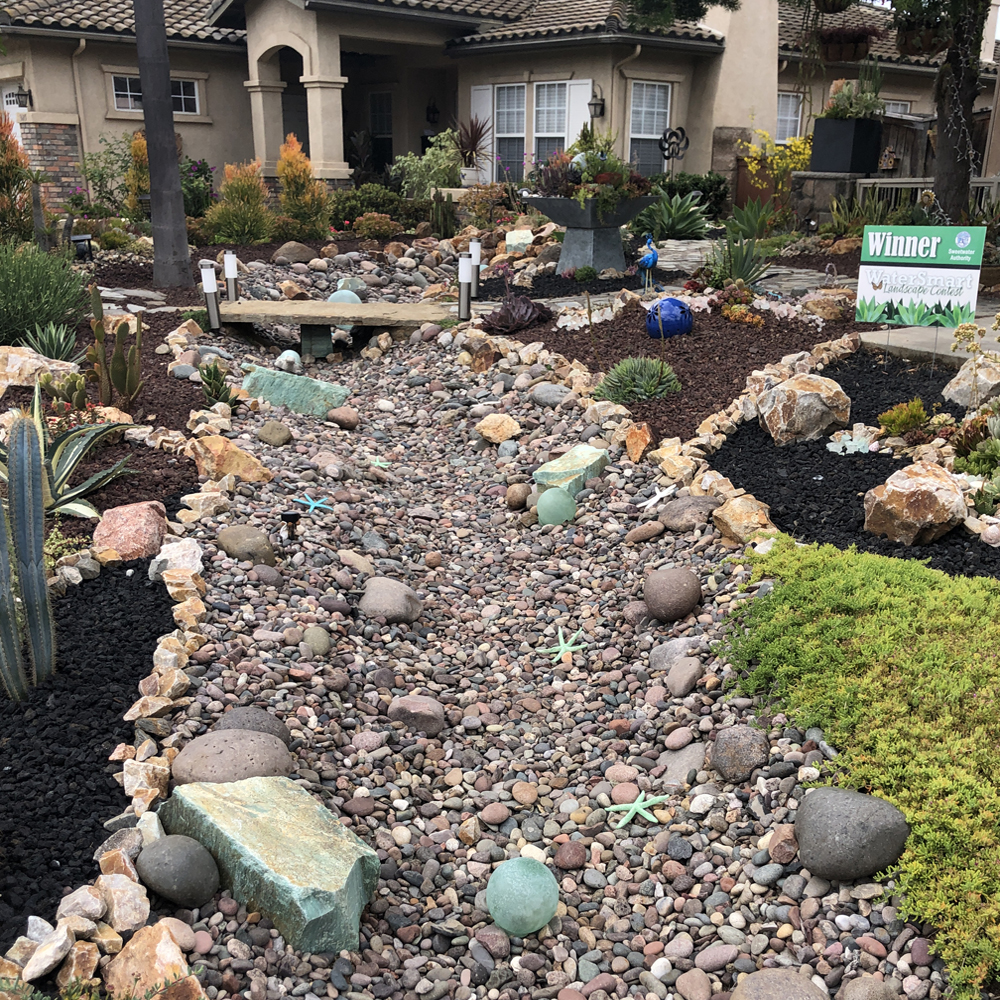
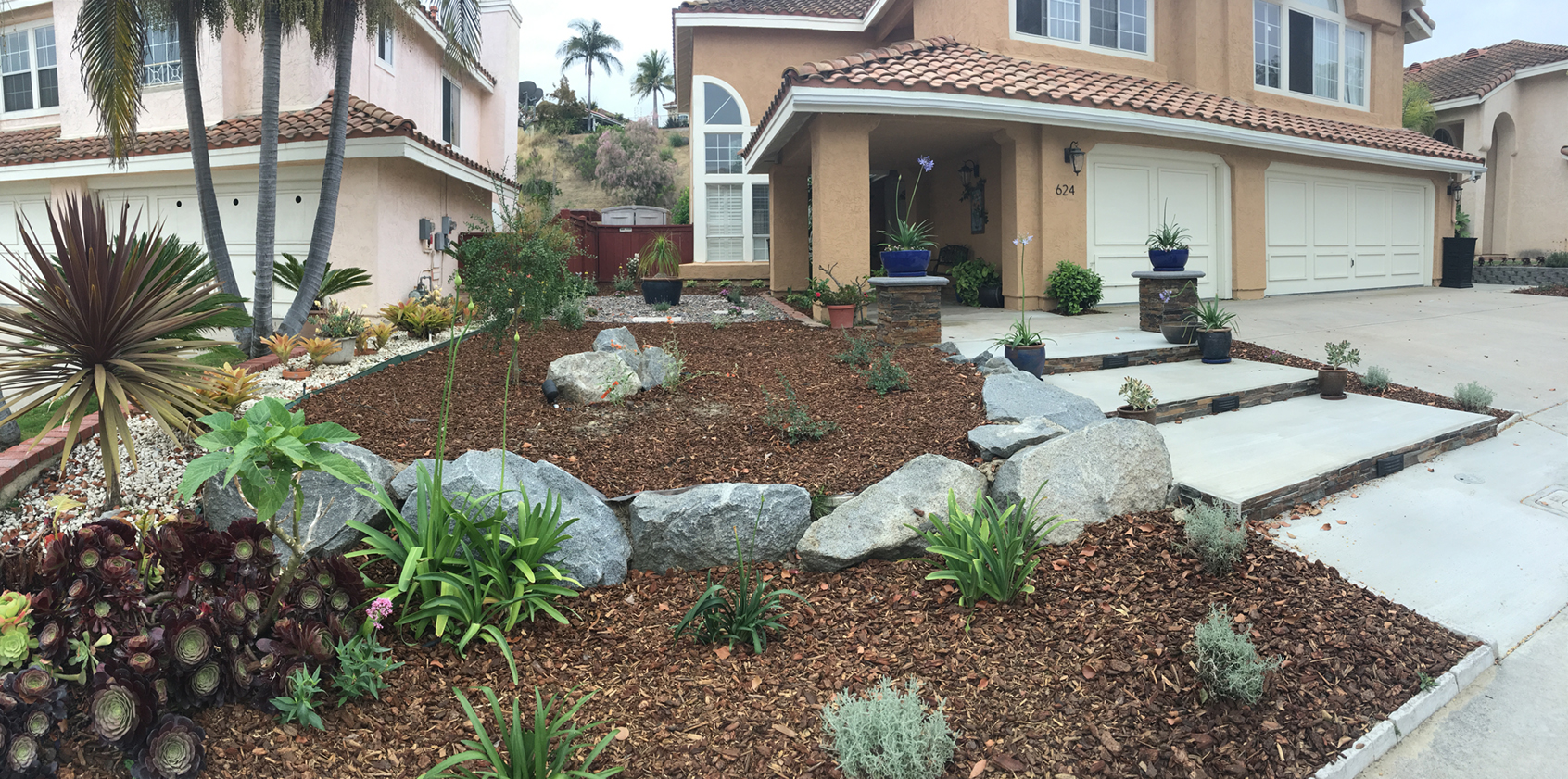
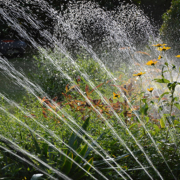
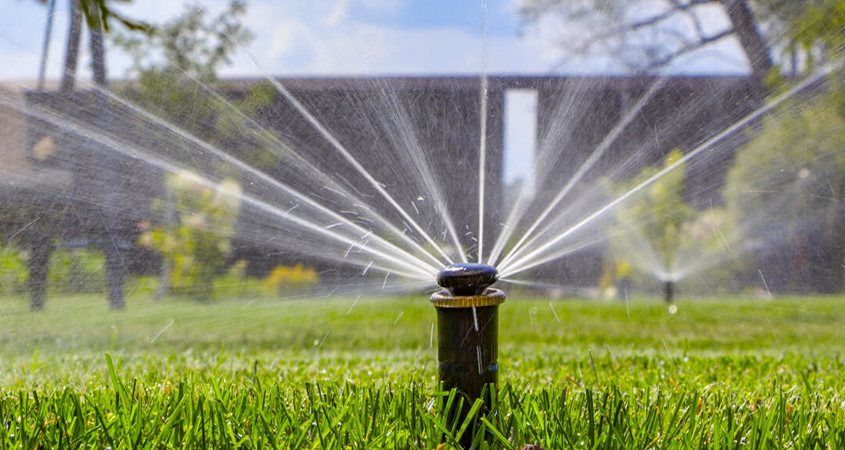
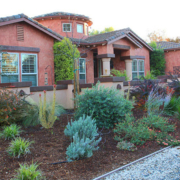
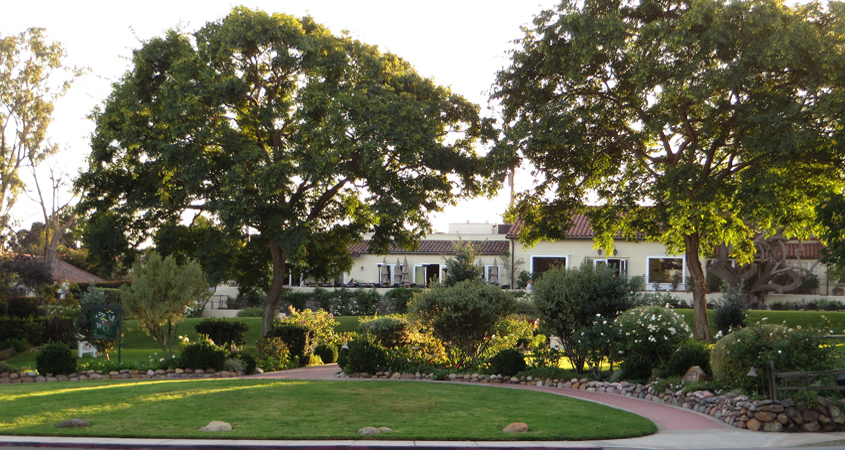
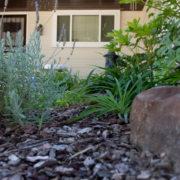
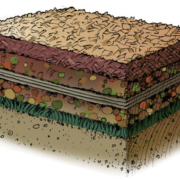
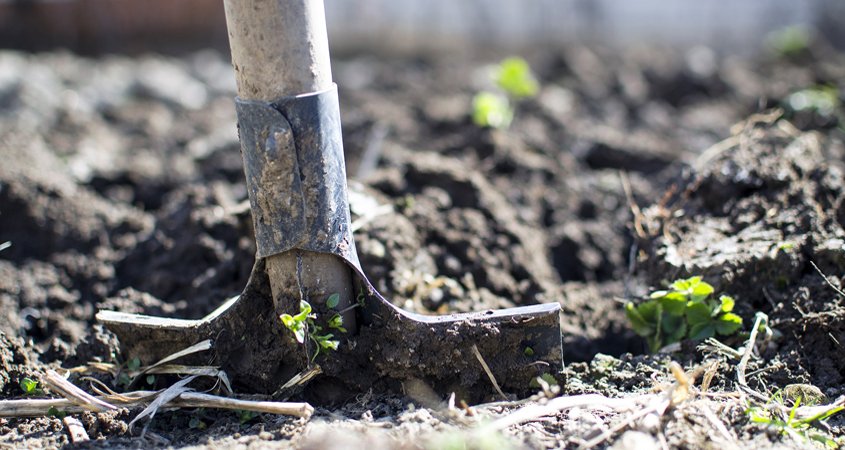
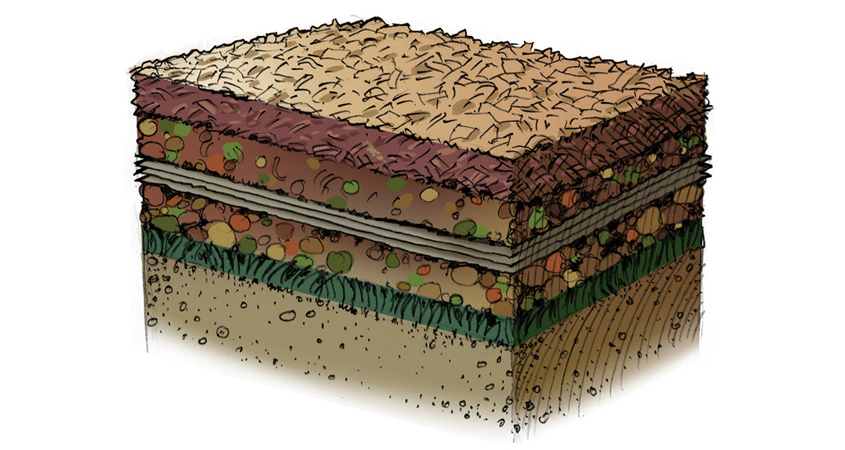
 Planting native California plants that will attract birds, butterflies, and bees for pollination is a great way to make a beautiful and sustainable garden. Photo: Iva Castro/Pixabay
Planting native California plants that will attract birds, butterflies, and bees for pollination is a great way to make a beautiful and sustainable garden. Photo: Iva Castro/Pixabay